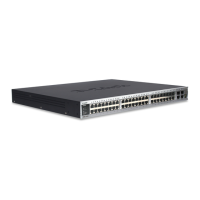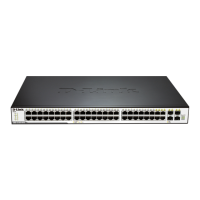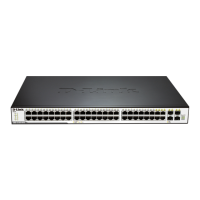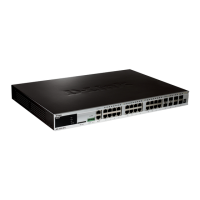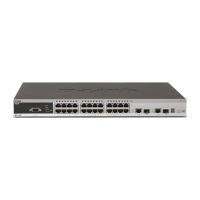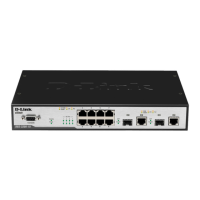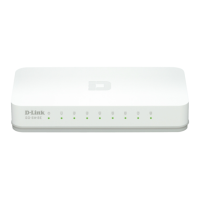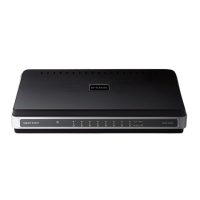29.18.7.2 Configuring EBGP peergroup
Use the neighbor A.B.C.D remote-as num command to configure an ebgp peer, firstly, take
the neighbor external peer-group command to create a peergroup with the name
external, and then apply the neighbor A.B.C.D peer-group internal command to add the
peer A.B.C.D into the peergroup internal.
Following is an example of the specific configuration:
router bgp 100
neighbor external-peers peer-group
neighbor external-peers route-map set-metric out
neighbor external-peers filter-list 99 out
neighbor external-peers filter-list 101 in
neighbor 171.69.232.90 remote-as 200
neighbor 171.69.232.90 peer-group external-peers
neighbor 171.69.232.100 remote-as 300
neighbor 171.69.232.100 peer-group external-peers
neighbor 171.69.232.110 remote-as 400
neighbor 171.69.232.110 peer-group external-peers
neighbor 171.69.232.110 filter-list 400 in
Following is a simple diagram, the configuration of peer-group:
Figure 29-7
The relationship between the devices and the allocation of ip address are shown below:
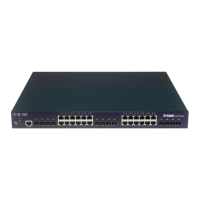
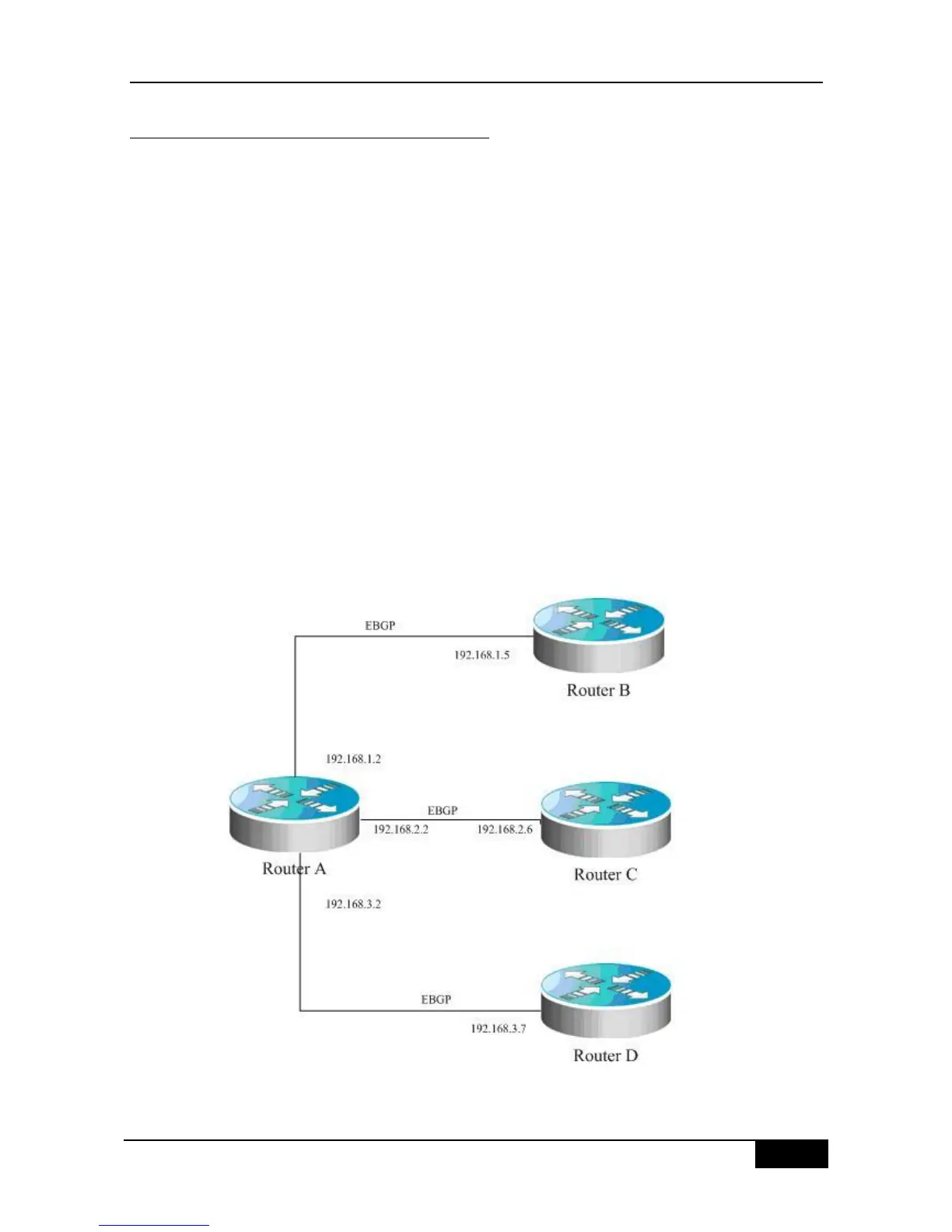